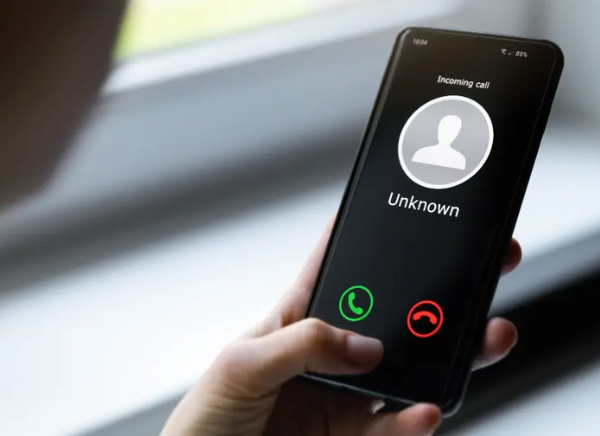
In a world teeming with cyber threats, protecting your financial assets has never been more critical. Scammers, fraudsters, and cybercriminals are using increasingly sophisticated techniques to impersonate your bank, making it essential to decipher the authenticity of those suspicious calls. In this blog, we’ll embark on a cyber-adventure to explore how you can safeguard your financial fort from these impostors.
1. The Unsolicited Riddle
Imagine your phone ringing, and it’s your “bank” calling without prior warning. It’s like a mysterious character entering the plot unannounced. Unsolicited calls are a red flag in the cybersecurity thriller, as genuine banks seldom reach out in this manner. Stay skeptical, for you might be facing an imposter.
2. Unmask the Caller
As any seasoned detective would do, you should demand the caller’s identity. Full name, department, and contact number, please! But don’t be too trusting; villains can fabricate these details. To unveil the truth, verify the caller’s authenticity through independent means.
3. The Secrets You Shouldn’t Share
A genuine bank representative, like a trusted character in a cyber-epic, won’t demand classified information like your Social Security number, credit card data, or account passwords over the phone. If they do, it’s a definite sign of deception. Hit the eject button, and hang up without hesitation.
4. Call Back Using the Official Script
It’s time for our hero to take the stage. If you have doubts about the call’s authenticity, do not use the number provided by the mysterious caller. Instead, locate your bank’s official contact information through your account statement, their website, or your trusty credit/debit card. Dial them directly and connect with the department or person you were talking to earlier for confirmation.
5. Listening for Code Red
In the world of cyber deception, pay attention to the dialogue. Scammers often employ high-pressure tactics, intimidation, and threats to manipulate you. They may claim that your account is in grave danger or that you owe them a fortune. These are classic signs of a devious plot.
6. Linguistic Clues
The antagonist often reveals themselves in the details. Many scammers operate from abroad, and their linguistic skills may leave much to be desired. Listen for accents and grammar slips that indicate a foreign origin. A true bank representative is well-versed in the language.
7. The Mysterious Caller ID
In the realm of cyber trickery, there’s a dark art called “caller ID spoofing.” It allows the villains to appear as if they are calling from a legitimate source. But don’t put your trust solely in caller ID data, for it can be tampered with. Always cross-check independently.
8. The Dangerous Attachments
If the caller sends you an email or text message with tantalizing links or attachments, resist the temptation to click on them. These digital treasures may be booby-trapped with malware or nefarious phishing links designed to pilfer your secrets. Instead, confirm their authenticity with your bank first.
9. The Report to the Cyber Police
If you suspect that you’ve encountered a cunning cyber-villain, do not hesitate to report it to your bank and the cyber authorities. Your vigilance may thwart their sinister schemes and save others from a similar fate. Sharing your cyber-adventure could be your contribution to the greater good.
In the labyrinth of the digital age, protecting your financial kingdom is paramount. The cyber-landscape is fraught with dangers, and you must be the hero of your own story. Follow the tips in this cyber-thriller, and stay ever-vigilant to avoid becoming the victim of a digital heist. Your financial and personal secrets are your treasures; guard them with the utmost care.
